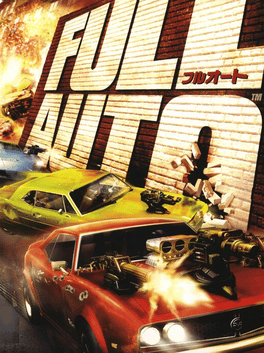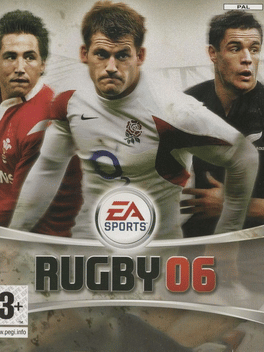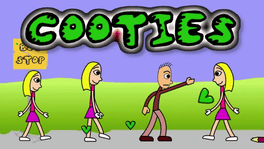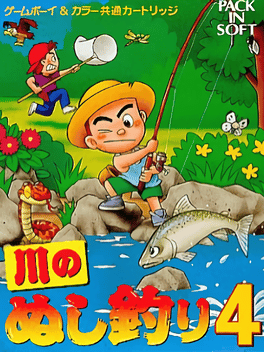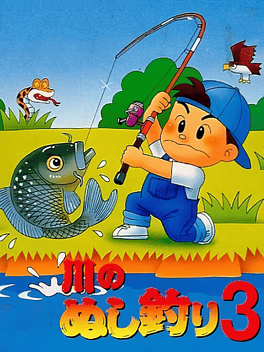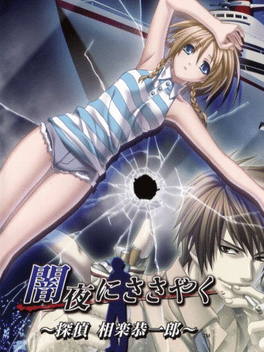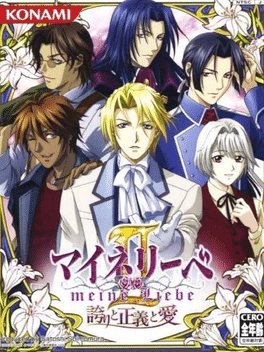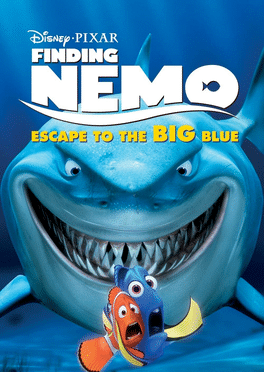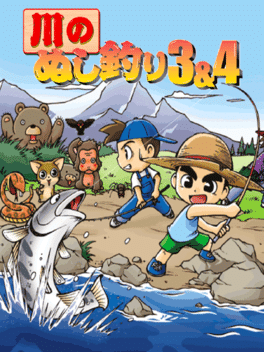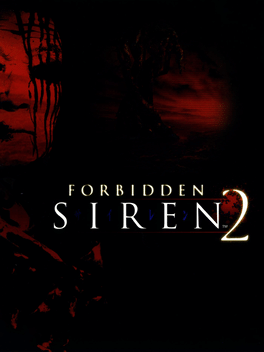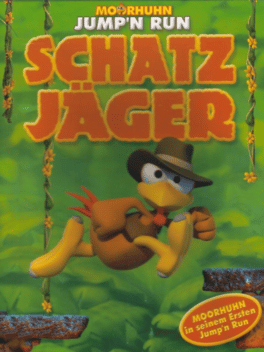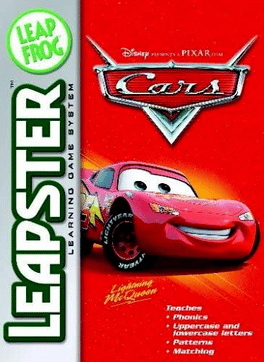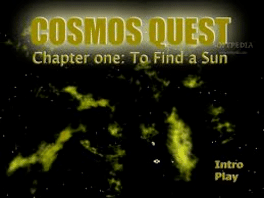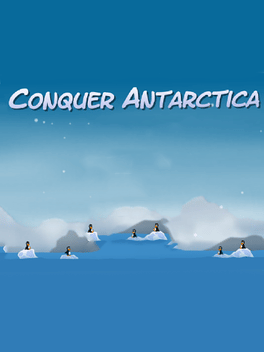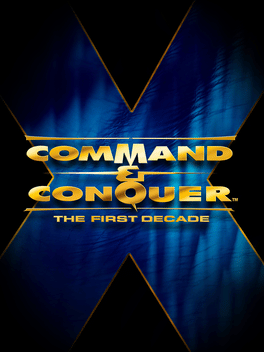New Games - Page 10288
-
Full Auto
2006
Full Auto
2006
star 7.2Full Auto gives 'gun it' a whole new meaning. It's a driving auto combat game in the vein of burnout and twisted metal. You'll drive through various courses set all over the world in all sorts of different environments and blow stuff up. You'll go from level to level completing various objectives and trying to get not only a great destruction score but first place to the finish line. If you’re unlucky enough to get blown up by someone, you can always ‘un-wreck’ and turn back the clock to get a second chance and turn the tables. When you’re done wrecking the AI, you can take the road war onto Xbox live where you can race and blowup up to 8 opponents. -
Rugby 06
2006
Rugby 06
2006
star 8Rugby 06 continues the EA's rugby franchise by adding updated rosters and graphical upgrades. -
Cooties
2006
Cooties
2006
Ahhh!!!! Girls have cooties!!!! And it's Valentine's Day!!! How can you make it through the day alive!? Beat off the girls with rocks, trash cans, and giant pencils, of course! -
Kawa no Nushi Tsuri 4
2006
A remaster of Kawa no Nushi Tsuri 4 (Legend of the River King 2) released inside the Kawa no Nushi Tsuri 3 & 4 bundle. -
Kawa no Nushi Tsuri 3
2006
A remaster of Kawa no Nushi Tsuri 3 (Legend of the River King GB), more specifically the Game Boy Color version, called Legend of the River King GBC in North America. It was released inside the Kawa no Nushi Tsuri 3 & 4 bundle. -
Yamiyo ni Sasayaku: Tantei Sagara Kyouichirou
2006
Anya ni Sasayaku: Tantei Sagara Kyouichirou (Eng. "Whisper in the Night: Detective Kyouichirou Sagara") is a mystery adventure game featuring detective Kyouichirou Sagara, and a sequel to Tsuki wa Kirisaku: Tantei Sagara Kyouichirou. -
Finding Nemo: Escape to the Big Blue
2006
After years of aquarium life, the Tank Gang is finally ready to make a daring break for the deep blue sea. But it won't be easy. Luckily, Nemo, Marlin, and Dory are waiting by the pier to lend a helping fin as their briny buddies dive deep into the unknown on an incredible journey to find a brand new home in the coral reef. -
Kawa no Nushi Tsuri 3 & 4
2006
Enhanced remake compilation of the two portable Kawa no Nushi Tsuri games (released as Legend of the River King and Legend of the River King 2 in the west). -
Gradius Collection
2006
Gradius Collection
2006
star 8.3Gradius Collection is a compilation of five beloved games in the Gradius series available for the first time on the PSP system. Spanning more than 20 years, the five games--Gradius, Gradius II, Gradius III, Gradius IV, and the long-awaited Gradius Gaiden--deliver hours of classic 2-D shooting action on the go. -
Forbidden Siren 2
2006
Forbidden Siren 2
2006
star 6.8Forbidden Siren 2 is the second installment in the Siren series. The game tells the story of several characters who become trapped on Yamijima Island, an island off the coast of mainland Japan. On August 3, 1976, an underwater cable was cut, and all power to the island was lost. During the subsequent blackout, all of the islanders disappeared and the island became deserted. Twenty-nine years later, in 2005, a magazine editor called Mamoru Itsuki is visiting the island to conduct research for an article when the ferry he and a small group of other passengers are on capsizes, after it is hit by a red tidal wave. Shortly after his arrival, a group of soldiers crash land on the island after their helicopter has engine troubles. They must all find ways to survive the island's "monsters", the shibito. The game is played through several character perspectives, each with his or her own strengths and weaknesses, through an overlapping timeline of the fateful night that alternates between the present and the past. The story -
Moorhuhn: The Good, The Egg, and The Ugly Mobile
2006
While taking the story, gameplay and setting from The Good, The Egg And The Ugly, this game features twelve levels with unique level designs. -
The Bar
2006
The Bar
2006
The second game released by Gotmail. It was the first to have multiple language options for Japanese, English and Korean. The player must escape a bar after falling asleep. -
Cars
2006
-
Conquer Antarctica
2006
Conquer Antarctica
2006
A turn-based combat Flash game where 2 penguins must battle other penguins floating on icebergs. Either deplete the opponents' HP or knock them off their icebergs; the last penguin standing wins! The game is the predecessor to Raft Wars, a 2007 Flash game using the same art style, objects, physics, and sound effects. -
Car Racing Challenge
2006
Car Racing Challenge
2006
Car Racing Challenge is a Racing game, developed by Tamsoft and published by 505 Games, which was released in Europe in 2006. The game is a rebranding of the japan only game The Tousou Highway: Nagoya-Tokyo. -
Space Empires IV Deluxe
2006
star 8The award-winning Space Empires IV Deluxe is the latest edition in the Space Empires series. A grand strategy title in the space 4X (explore, expand, exploit, and exterminate) genre, Space Empires has already found a place in the heart of strategy gamers everywhere. Research technology, design new ships, wage war on a tactical level, put down rebellions, meet and greet new species, and much more. All the level and campaign design tools are included, allowing anyone to become a part of the expansive Space Empires Mod community. -
Command & Conquer: The First Decade
2006
star 7Command & Conquer: The First Decade is a compilation of the Command & Conquer series' games published from 1995 to 2003, all bundled into one DVD and updated to run optimally on Windows XP. It was released on February 7, 2006 and sold for the price of one retail game. Also included in the compilation was a bonus DVD which took a look behind the scenes of the successful franchise, including interviews with producers, old concept art, various soundbites, as well as a montage of the winning fan videos of the "Are You The Biggest C&C Fan?" competition held prior to the compilation's release. Other items included in the compilation was an A3 (A4 in newer boxes) poster with high-quality C&C renders on both sides, one of which has been confirmed to be a teaser image for EA's Command & Conquer 3: Tiberium Wars, as well as a 65-page manual that only includes unit descriptions and hotkeys for each of the included games.

